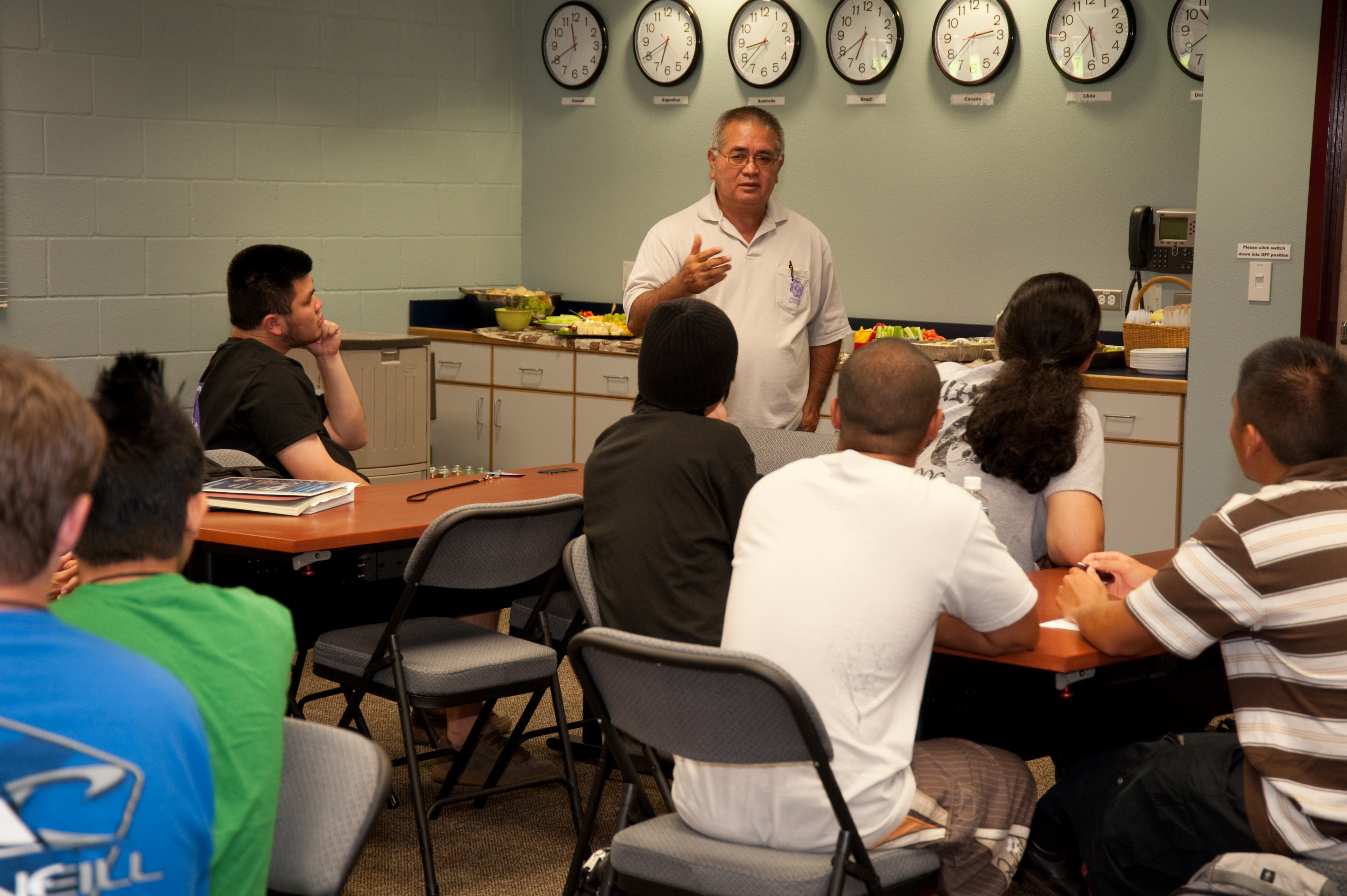We are watching with interest something that is unfolding over at PBS Hawai‘i.
Leslie Wilcox, President and CEO of PBS, first wrote about it in her blog post titled Plowing Thru Hawaiian Words Without a Clue:
… For example, Hualalai is pronounced (twice) as Hula Lolly.
This is a show that came to Hawaii and didn’t do its cultural homework. As a result, the show suffers a loss of credibility.
…We’re not perfect, either. But we believe it’s important to make one’s best effort—to learn phonetic basics rather than plow through Hawaiian words without a clue.
Local stations are the heart of the PBS system, and so is education. Let’s hope this show decides to go back to the audio booth, to backtrack and re-track, and give all of the TV markets in which it airs the authenticity and quality that viewers deserve.
She writes that she thinks it’s otherwise a fine program, and hopes to be able to air it.
Even before I realized that this was a program Richard was interviewed by and appears on – we wrote about it here at the blog – I was really interested in this situation. I agree that it’s a sign of respect for a culture when you try to pronounce its language correctly; and a sign of disrespect when you don’t make any effort at all.
The following day, Leslie Wilcox acknowledged all the hundreds of hits and positive comments her initial blog post received in a post she titled Sticking Up for the Hawaiian Language:
Thank you for voicing your support of PBS Hawaii’s decision to insist on authenticity – in the narration of an episode in national TV series. In the show, shot on location on Hawaii Island and prepared for U.S. broadcast next month, the narrator badly mispronounces well-known Hawaiian words, like Mauna Kea (“Mona Kay”). Keaukaha, the name of the pono-embracing public school on Hawaiian Homestead land in Hilo, is unrecognizable.
My blog entry on this subject last evening received hundreds and hundreds of hits overnight, and kept racking up hits all day. It was Facebooked and Twittered.
Then I read on and realized I knew what program she was talking about.
Instead Richard writes after watching an advance copy of the show: “I cringed when I saw it.” He thanks us for “doing the right thing.” Inspiring, huh?
And then I was stunned when I read her next post, titled What if the Narrator Got THEIR Home’s Name Wrong?, which talked about the initial response she got from the program’s production company.
This is nonsense.
…Keola Donaghy of UH Hilo says he will provide audio of the correct pronunciation of the place-names or make an expert available to talk with the show’s narrator at no cost.
Too late, too expensive, the production company is saying.
Question: If the narrator identified the producers’ own home base, Annandale, Virginia, by a name unrecognizable to the region’s residents, would it feel compelled to correct the mistake?
Such an interesting position for a production company, which airs its programs on PBS stations across the nation, to take. Defensive. Dismissive. I’m surprised, frankly, at the cavalier attitude.
If I make an error in my work, I am chagrined and count the minutes until I can get back to the computer to correct it. What is the difference here?
Do the producers of this program really view the local regions they go into, and in this case that region’s culture and language, with such contempt?
Richard told me, “Imagine if President Obama, who grew up in Hawai‘i, saw that program. I’m sure he’d cringe.”
In a comment to her most recent post, Leslie Wilcox writes that the wind may be a changin’.
We’ll keep you posted.




